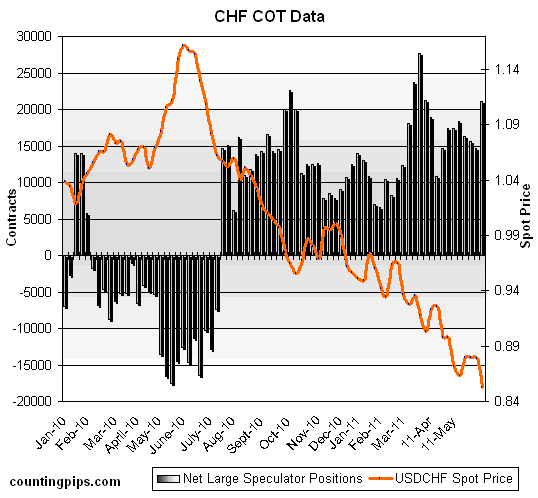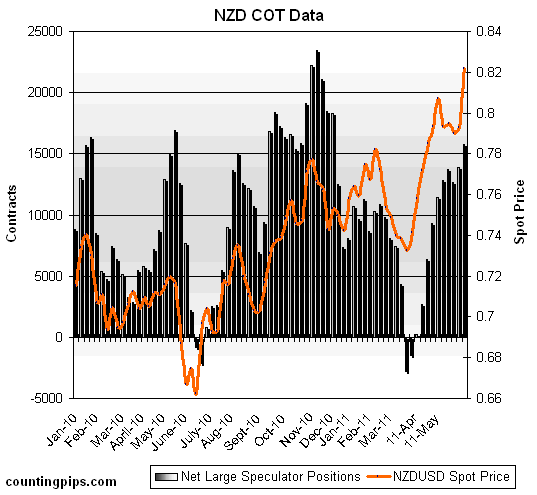The mass media is obsessed with bubbles. They see market bubbles everywhere, like in crude oil, soft commodities or China… Granted, there are some serious issues with all three, especially with China and its consumption of the other two.
According to a report from a colleague of mine, there could be something happening with regard to China and its crude oil that could have a larger impact than what mainstream media has us concerned about. Follow this link to read more about China’s secret oil “colony.”
But the mainstream hasn’t seen the market bubble I want to talk about today.
Remember the Dot-Com Era?
I know I do. Specifically I remember the summer of 2000, which was the beginning of the end for many dot-com companies. One experience punctuated the end of the decade for me (and it wasn’t the Y2K scare).
At the time I was an options market maker. It was our job to create liquidity for the options markets. When the public was selling options, we were buying them and vice versa. A friend of mine was going on vacation for the month of June and asked me to trade a couple positions he had in Broadcom (BRCM:NASDAQ). Back then BRCM was a high-flying (and fast dropping) IPO. I was excited and scared at the same time.
I remember he said one thing to me before he left: “make sure no matter what happens that you are long gamma!”
That was a bold statement to make. It meant that this stock was going to be very volatile and you better be on your toes.
That summer, BRCM rallied over 140%, to a high of about $185 — By February of 2001, it had fallen to $18 a share.
I remind you of this stock because we must remember how it was hyped up, misunderstood and subsequently pumped to price levels that were unsustainable, all due to something called the Internet. Amateurs and professionals alike were lured into worthless companies like the children of Hamelin were led to death by the Pied Piper.
There was no way to quantify the potential earnings of many of these companies, because we simply did not know what the Internet would become, how people would use it or how companies would profit from it. People simply bought blindly and ignored logic. Many saw their fortunes crumble.
Social Media = Dot-Com 2.0
In my eyes, social media is in many ways the dot-com of today. It carries the same ambiguity and mystique, which makes it both sexy and scary at the same time. And social media companies are attracting many of the same types of personalities that were lured by the likes of webvan.com, pets.com and other Internet flops.
Social media companies are supposed to be changing, tracking and profiting from the ways we communicate, entertain and market to one another. The Internet is an instantaneous gateway to information no matter where it is. But social media is the structure, sorting and disseminating that information.
Unlike industry media, social media is consumer generated. It’s a way for us to share information with our friends in the most effective way. There are companies trying to profit from the new ways we interact, but not every company will get its time in the sun.
The big problem is that social media is still evolving. The way we learn and share information is constantly changing. And there is a ton of it including blogs, videos, tweets and reviews.
Right now we don’t know what social media companies will be successful because much of it is still an experiment of sorts.
I’m not trying to be Debby Downer, but I remember the bad days of dot-com vividly. I know dozens who lost everything betting on tech companies. It seems to be happening all over again.
Do your homework before investing in any of these companies and do your best to ensure that their revenue streams are scalable and sustainable!
(Sign up for Smart Investing Daily and let me and fellow editor Sara Nunnally simplify the market for you with our easy-to-understand articles.)
The IPO March
To be fair, several of the companies coming to market do have more extensive track records and are even seeing strong revenue growth. The key will be profitability and growth in the long term.
LinkedIn (LNKD:NASDAQ) — This hot issue came to market last week and after hitting a high of $120, the shares have since tumbled to $78. What makes LNKD dangerous at this price is the fact that it made less than $10 million last year (though, the company is growing) and yet the market valued it over $8 billion.
What’s worse is that Facebook could easily expand its employment history section and do everything that LinkedIn does, but better. It also has a much broader client base. LinkedIn is looking more like an employment site like Monster.com and CareerBuilder.com. Both have seen their shares tumble over the past year.
Options markets are also pricing in a huge drop in LinkedIn shares. The skew is massive, meaning that the out-of-the-money (OTM) puts are 41% more expensive than the OTM calls in some cases.
(Editor’s Note: For put options, out of the money means the price at which you can exchange your options for stock is lower than the current price of the stock. For more information on options and options education, check out Jared’s service, WaveStrength Options Weekly.)
I see the shares much lower in the coming months.
Groupon — Last night Groupon announced its intentions to be listed under the symbol “GRPN.” The company is looking to raise $750 million to expand and improve its business. In the first quarter of the year, it realized $644.7 million in revenue, but reported a $113.9 million loss (due to expansion).
Groupon is a great service and unique business model, but there is serious competition building. The other thing is business owners usually have to offer goods and services at or below cost. These companies could be disappointed when Groupon users don’t become regular paying customers.
I would like to see another year of sales growth before I put any money in Groupon.
Pandora (music) — The music streaming service is set to begin trading under the ticker symbol “P.” Shares are expected to be priced around $7-$9.
While Pandora is cool, it has a plethora of competition, which makes sustainability and growth hard to justify.
Facebook — Facebook is the beast in the space; I equate it to Google in terms of reach and sustainability. Like Google, it sorts data from millions of users and sells that data to advertisers. Facebook has weaved its way into just about every smartphone, home PC and website out there.
And it is making money. According to notes from Seeking Alpha, Facebook made an approximate $2 billion in revenue in 2010. They also noted that Facebook should earn $5 billion by 2012. Using Google’s margins as a guideline, Facebook is on track to make $1.5 billion in profits by 2012. This is an IPO I would truly look into buying (depending on where it is priced, of course).
If you remember my story about Broadcom earlier, many of my colleagues are saying the same thing now that was said to me then and that scares me.
Many of these companies have positive aspects. I highlighted the negative aspects not to scare you but to insure that you consider all scenarios before jumping into a “hot” social media stock.
Editor’s Note: Make big profits in the coming “technology metals” crisis… The U.S. wants to use “green technology” to decrease our dependence on oil. But China has a 97% monopoly on a natural resource that is vital to green technology… and we’re about to experience a serious shortage! Learn which companies could solve this crisis and hand you staggering gains in this URGENT FREE REPORT.
Article brought to you by Taipan Publishing Group. Additional valuable content can be syndicated via our News RSS feed. Republish without charge. Required: Author attribution, links back to original content or www.taipanpublishinggroup.com.











 I chose these numbers as they illustrate a choice investors are usually faced with — invest in a faster-growing stock that doesn’t pay a cent in dividends, or earn a nice yield and see slower growth. Here’s the best news — you’ll end up earning more with the dividend, and typically have fewer ups and downs as you would with a riskier growth stock.
I chose these numbers as they illustrate a choice investors are usually faced with — invest in a faster-growing stock that doesn’t pay a cent in dividends, or earn a nice yield and see slower growth. Here’s the best news — you’ll end up earning more with the dividend, and typically have fewer ups and downs as you would with a riskier growth stock. The mass media is obsessed with bubbles. They see market bubbles everywhere, like in crude oil, soft commodities or China… Granted, there are some serious issues with all three, especially with China and its consumption of the other two.
The mass media is obsessed with bubbles. They see market bubbles everywhere, like in crude oil, soft commodities or China… Granted, there are some serious issues with all three, especially with China and its consumption of the other two.